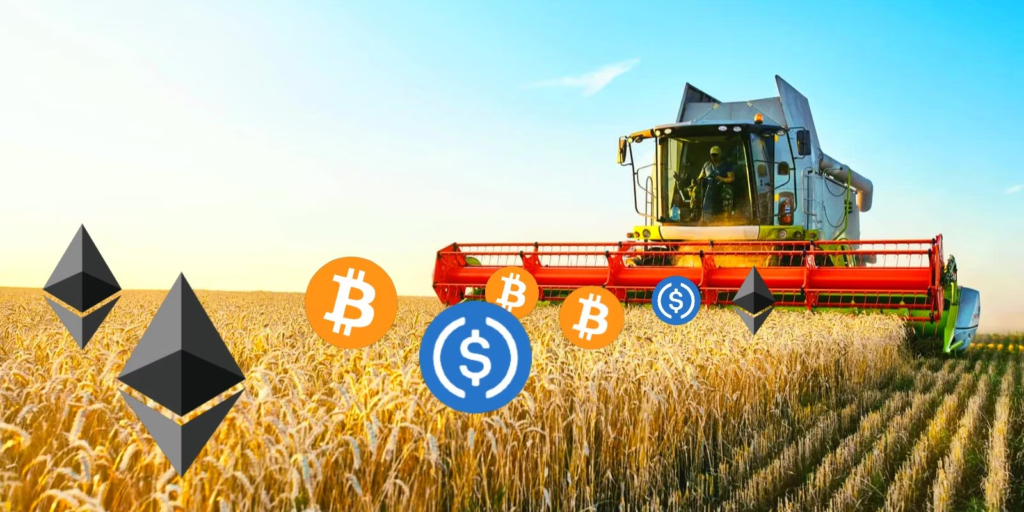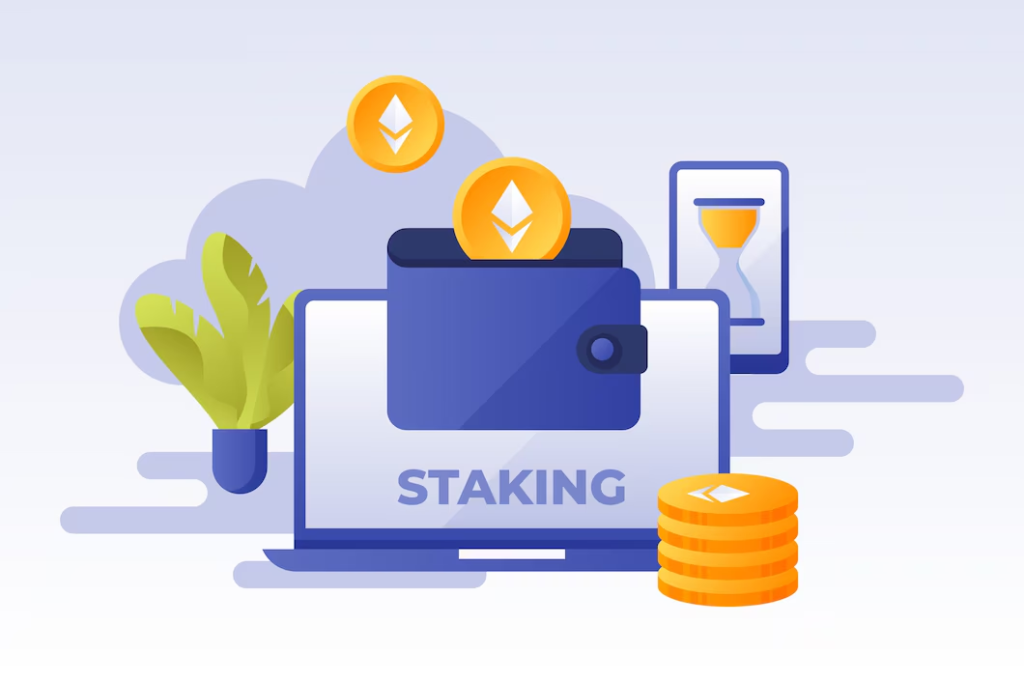One of the many reasons why Decentralized Finance has become so popular over the years is because of the potential to generate passive income on crypto assets very seamlessly.
Some of the most popular passive income strategies in DeFi include Yield Farming, Staking, Synthetic Assets, and more. But wait… Isn’t Yield Farming the same thing as Staking? Why are they both listed as separate entities above?
In this article, we are going to discuss how these two passive income streams are actually different and how they work. At the end of the article, we hope to help you understand which of them ultimately works best for you.
Let’s Begin
Yield Farming

Just as the name implies, Yield Farming entails putting your crypto assets to work on a DeFi protocol and in return, earning yield which could be in the form of protocol fees, stablecoin rewards, or even part of the revenue of the protocol.
Now, what do we mean when we say, ‘Put Your Crypto Assets to Work’?
There are many ways this can be done. It could be through:
-Liquidity Provision
-Lending Crypto assets
-Liquidity Mining
-DeFi Farms
and many more… Let’s briefly touch on the first two.
Liquidity Provision
In Liquidity Provision, your crypto assets are essentially used to facilitate trading on the protocol. You can think of it as multiple users pooling funds together to create liquidity for different asset pairs a.k.a liquidity pools for a particular crypto.
For example, on Uniswap, a decentralized exchange on the Ethereum Blockchain, you could easily trade between LINK and USDT, LINK and USDC, and even LINK and DAI.
This is because there are users who are pooling together their crypto assets to form the LINK/USDT, LINK/USDC & LINK/DAI liquidity pools and as a reward, they earn a portion of fees generated from these trading pairs.
Lending
Now what about Lending? Here, users can lend out their crypto assets to other users who may need them. All of this is done without a traditional intermediary like a bank but instead, works trustlessly through Smart Contracts.
Just like in a traditional setting, the lender receives an interest on the assets that were borrowed usually in the same cryptocurrency. Popular protocols like Compound and MakerDAO are well-known as the go-to lending platforms in DeFi.
Generally, these yield farming techniques are designed to provide more profits compared to what the banks would offer.
In addition, there usually aren’t any lock-up periods when yield farming, and users are free to redeem their funds whenever they want.
Let’s move on to Staking.
Staking

Now, staking in DeFi involves locking up crypto assets to receive intrinsic benefits specific to that protocol in addition to passively generated rewards.
For example, some protocols may offer boosted yields on top of base yields specifically to wallet addresses that are staking tokens.
Other protocols may require staking of assets in order to participate in Decentralized governance of the protocol or voting rights and much more.
You’ll notice that the goal here goes beyond earning passive income but also comes with added incentives specific to that ecosystem aimed at encouraging users to stake and build a community.
Unlike Yield Farming, staking comes with lockup periods and some protocols even have an additional unlocking period which might not be ideal for users who are looking to move in and out of the protocol whenever they choose.
However, for users who are very interested in participating in the affairs of a DeFi protocol, staking is a good way to be rewarded for doing just that.
Conclusion
Now, having talked about the potential for passive income through yield farming and staking, it’s also important to account for the risks involved.
Things like impermanent loss or the devaluation of crypto assets in the open market can quickly outweigh the potential rewards that were intended in the first place.
However, the potential upside especially as DeFi becomes more and more adopted worldwide is immense. It’s definitely worth checking it out!





